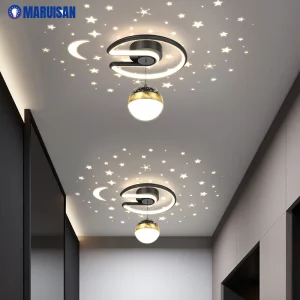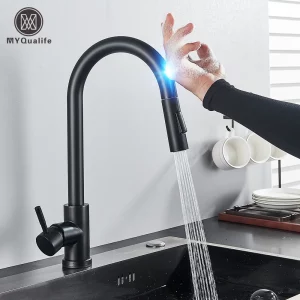When planning a lighting setup for a living room, there are several factors to consider, including the room’s size and layout, the purpose of the space, and the desired ambiance.
Here are some general thoughts to keep in mind:
- Layering: One effective approach is to layer the lighting in the living room, using a combination of ambient, task, and accent lighting. This can create a more dynamic and versatile lighting setup that can adapt to different moods and activities.
- Dimming: Using dimmer switches or smart bulbs can also be a great way to adjust the brightness of the lighting to suit different needs and preferences.
- Light fixtures: Consider using a variety of light fixtures, such as table lamps, floor lamps, pendant lights, and wall sconces, to add visual interest and create different focal points in the room.
- Color temperature: The color temperature of the lighting can also have a significant impact on the ambiance of the room. Warmer color temperatures (around 2700K) can create a cozy and relaxing atmosphere, while cooler temperatures (around 4000K) can be more energizing and stimulating.
- Natural light: Don’t forget to take advantage of any natural light sources, such as windows or skylights, when planning the lighting setup. Using curtains or blinds can also help to control the amount of natural light entering the room.
Overall, the key to a successful lighting setup is to find the right balance between functionality and aesthetics, while taking into account the specific needs and preferences of the occupants.
Cons and pros for natural and led lights
Natural Light:
Pros:
- Enhances mood and productivity: Natural light has been shown to positively impact mood and increase productivity.
- Energy efficient: Natural light is free and does not consume any electricity or resources.
- Improves sleep quality: Exposure to natural light during the day can help regulate the body’s circadian rhythm and improve sleep quality.
- Enhances the aesthetic appeal of a space: Natural light can make a space feel more open, airy, and inviting.
- Provides essential vitamin D: Exposure to natural light is a natural source of vitamin D which is essential for healthy bones.
Cons:
- Can be inconsistent: Natural light levels can vary greatly depending on the time of day and weather conditions, making it difficult to rely on as a consistent source of lighting.
- Can cause glare and heat: Direct sunlight can cause glare, heat, and discomfort for occupants in a space, which can make it difficult to work or relax.
- Limited control: It is difficult to control natural light, so it can be challenging to create a consistent lighting environment in a space.
LED Lights:
Pros:
- Energy efficient: LED lights consume significantly less energy than traditional incandescent bulbs, which can save on energy bills.
- Long lifespan: LED lights have a long lifespan, which reduces the need for frequent replacement and maintenance.
- Customizable: LED lights come in a wide range of colors and can be customized to suit different needs and preferences.
- Reduced heat output: LED lights produce less heat than traditional bulbs, which can help reduce the load on air conditioning systems.
- Directional light output: LED lights are directional and can be focused on specific areas, which makes them ideal for task lighting.
Cons:
- High upfront cost: LED lights can be more expensive upfront compared to traditional bulbs.
- Blue light emissions: LED lights emit blue light which can be harmful to sleep quality if used in the evenings or night.
- Dimming issues: Some LED lights may have issues with dimming or flickering when used with certain types of dimmer switches.
- May require additional equipment: Depending on the type of LED lights used, additional equipment such as transformers or drivers may be required.










